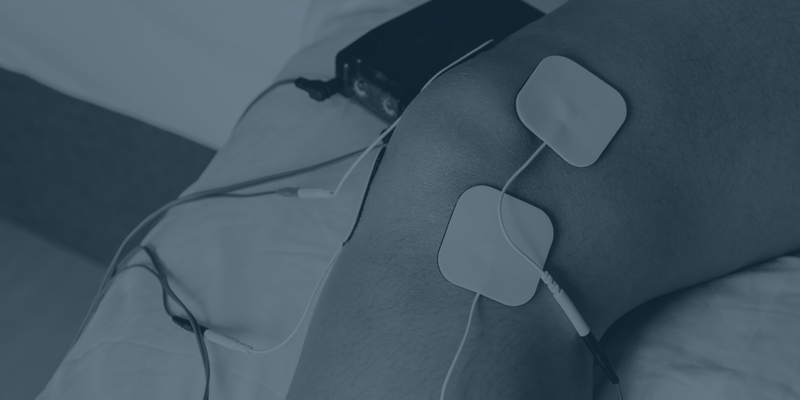Recently, a lot has been changing in the branches of diagnostics and drug delivery, and a whole new range of products is storming into the market. You guessed it right: We’re talking about wearables! Not only do they often look very fancy, but they can literally save lives. For example, take a look at Tandem’s t:slim X2 insulin pump for Diabetes care, Onera’s sleep diagnostic tech-patches and Bedal’s innovative catheter stabilization devices.

At our company Verhaert, we’ve already had the luck to work along with some developers of these innovative wearable technologies. And from our experience, one of the biggest unprecedented challenges are encountered within the design of a crucial, but often overlooked part is the adhesive that sticks to the skin.
The difference between normal adhesives for joining product parts and the adhesive of a wearable device is their grade and type. They should be medical grade adhesives, and you stick them to the skin by applying pressure, which makes them Pressure Sensitive Adhesive types, or PSA’s.
Why is it so important to choose the right medical adhesive?
Well in short, for the same reasons that you don’t wear slippers to go hiking!
To avoid injuries
The adhesive itself can cause injuries. There’s an entire category of adhesive-induced injuries called MARSI, Medical Adhesive-Related Skin Injury. Examples range from skin tearing, to maceration, and grave allergic reactions that in the worst case could become lethal.
In addition, the wearable devices can cause injuries when they’re not sticking in the intended way. Some wearable devices pierce the skin to either deliver or extract substances to and from the body. Hence, a displacement of the adhesive could cause needle injuries or even wounds caused by direct chemical exposure.
To avoid product failures & misuse
Adhesive displacement could not only be dangerous for the user, but it could also cause device failure by falling off, affecting measurements, causing a chemical reaction with other used materials of the wearable, among others.
When developing any type of wearable, it’s also important to expect the risk of user-induced failure. An adhesive that causes irritation may lead to itching, the user displacing the adhesive on purpose or other types of product misuse.
To get the most out of your wearable
Referring back to the hiking quote, the reason we hike with hiking boots instead of slippers, is because it makes the best out of the hiking experience. Whether the wearable is for diagnostic purposes, drug delivery, supporting the fixation of devices or wound care, the adhesive should provide the user comfort and safety at all times, while keeping an optimal product performance and not impacting the working of the wearable.
How do you choose the right adhesive?
It is important to understand the context of use of the wearable product: Who will use it? For which purpose will it be used? Where will it be used? How will it be used?
The reason this is important is because a lot of these input-parameters will define the adhesive requirements.
Some input-parameters could for example be the average skin thickness of the target user, or the estimated duration that the wearable should stick to the skin. As such, very aggressive adhesives could cause MARSI to users with thinner skin, and logically, if the wear-time is longer than a week, an average adhesive would not suffice.
At Verhaert we select the right adhesive for your wearable device by framing all the most important input-parameters for your innovation idea. Next, we translate them into adhesive requirements and help you to find the right partner that will convert these requirements into adhesive specifications.
Any questions on this post? Submit them below and we’ll get back to you soon!




